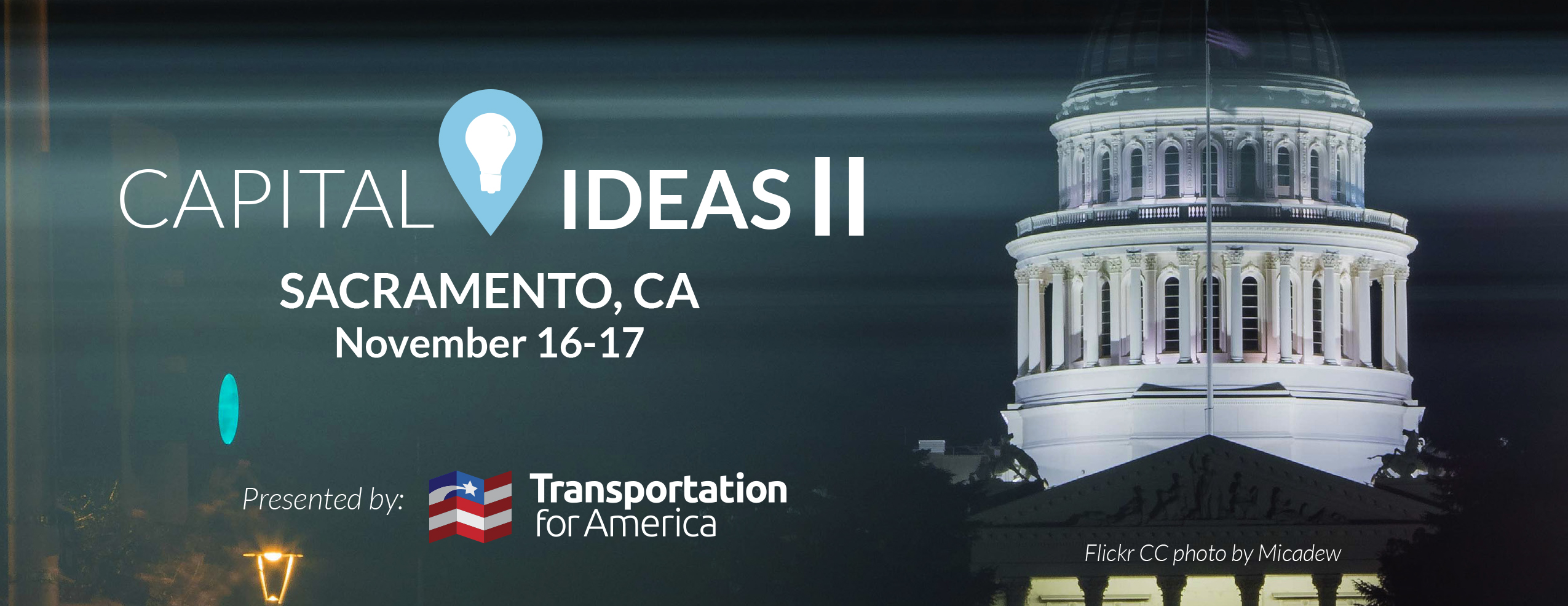Virginia approves its first transportation plan based on a new system of scoring and prioritizing projects
Today Virginia’s Commonwealth Transportation Board approved the first set of transportation projects selected and prioritized through the state’s new scoring process to objectively screen and score them based on their anticipated benefits. The newly renamed SMART Scale directs $1.7 billion to 163 projects across the state.
VA Commonwealth Transportation Bd OKs 6-yr spending plan that for 1st time uses scoring system to rationalize project selection.
— Dr. Gridlock (@drgridlock) June 14, 2016
Following the release of the first list of recommended projects back in January, today’s approval from the CTB marks the first complete cycle of a brand new process created by the legislature a few years ago to improve the process for selecting projects and awarding transportation dollars — all in an effort to direct the new money to the best, most cost-effective projects with the greatest bang for the buck.
“Political wish lists of the past are replaced with a data-driven process that is objective and transparent, making the best use of renewed state funding,” as Gov. Terry McAuliffe said earlier this year.
This new scoring system became law under HB2, passed unanimously in 2014. Following after earlier legislation that raised new money to invest in transportation, the law established five fundamental goals for the state’s transportation investments: reduce congestion, support economic development, expand accessibility, improve safety, and protect environmental quality. We covered these changes in detail in one of our Capital Ideas reports in 2015.
The Virginia Department of Transportation (VDOT) developed a data-driven system to evaluate projects across the commonwealth and advance those that will deliver the greatest return from each dollar of state funds, adding valuable transparency to the once-murky process of directing state money. The score for every project considered was listed publicly on VDOT’s www.virginiahb2.org web page during the last four months of public comment.
In a press release announcing the approved program today, Transportation Secretary Aubrey Layne says, “In the past, Virginia had a politically driven and opaque transportation funding process that was filled with uncertainty for local communities and businesses. The SMART SCALE process makes the best use of renewed state funding approved in 2013 and the recently approved federal transportation bill.”
Virginia’s new scoring process offers a model for other states. As legislators see transportation dollars dwindling, it is more important than ever to ensure funds go to the best projects.
Since Virginia’s General Assembly passed HB2 in 2014, Louisiana, Texas, and Massachusetts have all advanced their own new processes to objectively score or prioritize projects. This year Maryland’s assembly overrode Gov. Larry Hogan’s (R) veto to enact a new, objective scoring process. Though the policy is similar to HB2, Maryland will face a challenge to replicate Virginia’s success in a climate with a far less collaborative political process — which was as crucial to Virginia’s success as the underlying policy.
How can other states replicate this?
Virginia’s shift to a more transparent system of selecting transportation projects is just one of the many smart policy changes that we’ll be covering in detail in Sacramento this November at Capital Ideas II, our one-of-a kind conference on state transportation policy. Come and be inspired and educated!





















Pingback: This Week at The Markets